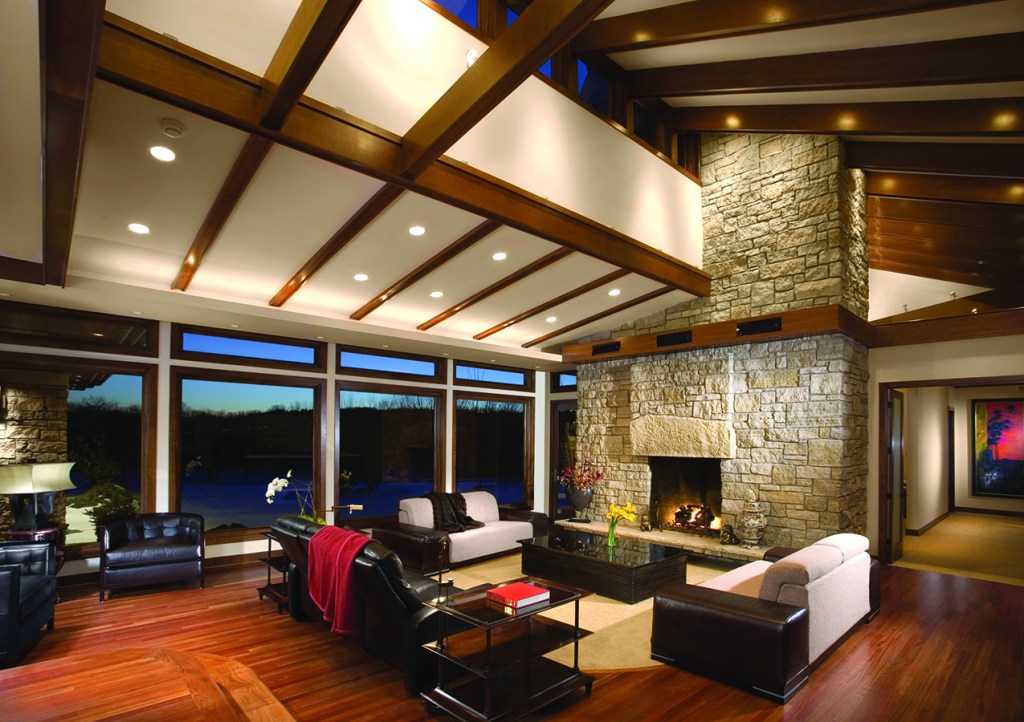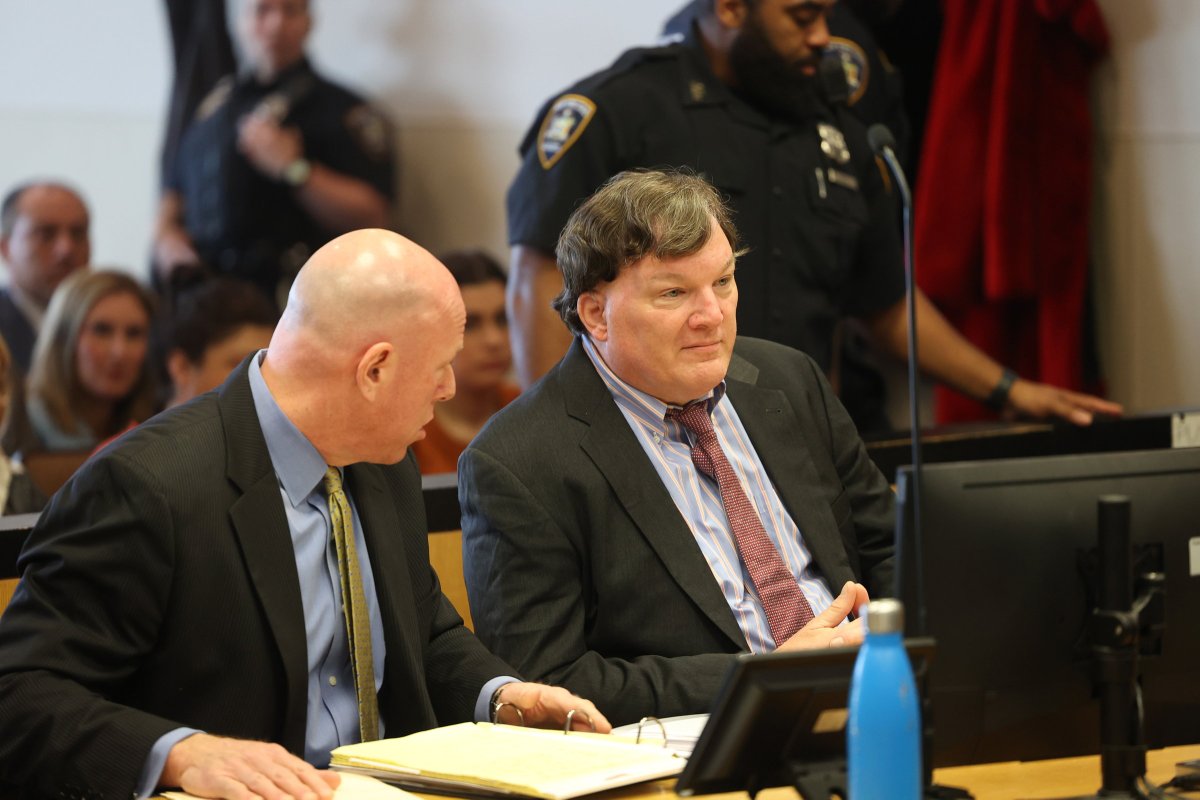Mirror Man: Ginew Benton's Horror Film Reflects Dark History

“Mirror Man,” a 2022 short horror film by Ginew Benton, has been gaining traction at film festivals across the country, and its Hamptons roots run deep … deep into the mass graves of bygone residential schools.
“Residential schools came about with the idea of ‘kill the Indian, save the man,’ and it was all about taking away all of our children from our communities because we practiced our traditional way of life,” explains Benton, a Hamptons-based director of Ojibway heritage. “They knew in one generation, if they could take all of our children, cut our hair, beat us every time we spoke our language or practiced anything other than Christianity,” he continues, describing methods of forced assimilation. “There were kids who were more strong-willed than that, and those were most often the children who were murdered.”
As a Native American, Benton had plenty of motivation to bring to light the atrocities committed in U.S. residential schools as a means of extinguishing a sense of Indigenous identity, a practice painfully similar to the situation in Ukraine today; however, a familial connection to the subject proved too great a motivation to ignore.
“I really started thinking about my kookum (a Cree term of endearment for his maternal grandmother) … she was a residential school survivor,” he says. “And we say ‘survivor’ because they were the only schools to have cemeteries; we call them survivors because there are no graduates, and we acknowledge the horrific nightmares that happened at these residential schools to all of the children.”
With his late grandmother’s experience to share, Benton wrote the “Mirror Man” script between 2018–2019, taking elements from various communities to form a “generalized true story” that would, hopefully, ring true to anyone who survived their story. The film’s narrative structure, too, was influenced by his grandmother.
“What it felt like when she would tell her stories was like literally taking you by the hand and walking you through a haunted house … you go from room to room, and every room has a theme and a certain thing that happens in that room, and you get scared,” he explains. “I was thinking to myself, ‘Maybe I want to make this film that literally is how I felt when my grandmother would talk about it.’”
To that end, “Mirror Man” begins by introducing its audience to the house manager of a renovated former Hamptons residential school who is spooked by a shadowy figure in the mirror and calls the police to inspect the potential break-in. The officer, an Indigenous woman, is seen attempting to rush to the call when her daughter stops her to insist that she wears a megis (cowrie shell) necklace meant to remind her of her spiritually-minded culture. When she arrives, she hears the ghostly voices and footsteps of children as the man in the mirror opens her eyes to a montage of horrors from the school’s past.
Upon seeing his first cut of the film, his family advised him to not hold back on the intensity of the imagery, if he truly wanted to take responsibility for the story. “‘Tell everything, brother,’ that’s what they said,” Benton shares, adding that the finished film received a more touching reception. “When I put everything in there that I wanted to, my mom said, ‘Your kookum would be proud of you for telling her story.’”
“Mirror Man” was filmed at the Shinnecock-owned property on Sugar Loaf Hill, recently turned over to the nation after a 30-year battle to protect the sacred burial ground beneath the property — a fitting location. It stars Susanne Bone, Dylan Carusona and Greg Punda.
A stark contrast from Benton’s 2020 short sci-fi film “Looking Glass” — which was filmed by cinematographer Bryan Downey and starred Benton due to actor scheduling conflicts — “Mirror Man” was shot entirely by Benton on his iPhone 12. This allowed him to get especially creative with the shots and camera movements he was now able to pull off (and it also earned him a job at LTV Studios, making iPhone documentaries on local communities and teaching students how to do the same).
“I wanted to try to utilize techniques that I had known with the actual moving image. A lot of it is shot composition, tone, coloring, art direction and cinematography,” he says, adding that he much prefers being behind the camera. “I really wanted to take control with this film and direct other people who are motivated and also wish to tell the story, as well.”
Benton adds that packaging this Indigenous history as a uniquely written and filmed horror flick allows it to reach a wider audience than those who might watch a purely educational documentary on the topic. “I like taking something that’s deeply rooted in our traditional oral history and bringing it into more of a modern American style of filmmaking,” he says. “It’s a strategy in order to make something like a modern horror film, but then slide in that historical accuracy, where it’s entertaining and people want to watch it because it’s engaging, but you slip in the lesson of the story.”
“Mirror Man” certainly is reaching a wider audience in the film festival circuit. It is an official selection of the Latino & Native American Film Festival, a summer finalist for Best Horror Film at the one-day Austin After Dark Film Festival, was a nominated finalist at the Niagara Falls International Short Festival, won Best Short Film at NatiVisions Film Festival, won Best Horror Short at Tokyo Shorts, won Best Cellphone Short at Miami International Science Fiction Festival (MiSciFi) and won the Russell Bates Award for Indigenous Sc-Fi at MiSiFi, which Benton also won for “Looking Glass.”
In accepting his second win from the Russell Bates family, he humbly admitted that he’d rather present the award to someone new next year than win a third time. “I want more Indigenous people to create science fiction — to create our stories in new and exciting ways,” he shares.
As for his other awards and accolades, “they all mean exactly the same” to him. “It’s all a reflection of your progress and where you were in a particular time and a particular place,” he says, though he admits, “When you’re acknowledged by peers, it would make anyone feel good.”



